Introduction to the Basics of Off-Camera Flash
There are a lot of resources on the web for using your flash. For Nikon shooters, the Strobist and Joe McNally are the best resources. For Canon shooters, maybe Syl Arena is the best. It doesn't matter because if you are a Canon portable flash user, just use it on the Manual setting. Only a rocket scientist can figure out those damn ETTL settings. Maybe Scotty from Star Trek was a master of the Canon Speedlighting system; maybe if Einstein were around... If you're a Canon shooter like me, just use manual settings and go from there.
You don't need to be a master of any small portable flashes to do cool stuff. Here are some tips to keep in mind before we dive into future how-tos:
- Get it off your camera. There are several ways to do it: buy two and use one to trigger the other; use a cord (off-camera flash sync cord; just google it); put your camera on a tripod and using a long exposure time, pop the flash yourself, manually (works best in the dark, of course; great for double exposures). See? Easy.
- Remember the most important thing about using flash: Shutter speed controls ambient light. Aperture controls flash exposure. (Repeat this to yourself over and over.) Shoot on Manual so you can control the light.
- Buy used. Buy used. Buy used. Buy used. (Light is light, there's no such thing as fancy light or more beautiful light.)
- Read the manual. Practice. Read it again. Keep practicing. It actually starts to make sense after awhile. I promise.
- Even if you have only one flash, you have two lights. Never discount the existing (ambient) light, whether it's the golden glow of pre-sunset or the green of some mercury vapor overhead lamp. You control the amount of existing light by the shutter speed. You will have more latitude than usual when it comes to motion blur because the flash will freeze movement. You can make the ambient light the fill light, use it just for focusing, or even as a rim light or back light (check the picture I posted with this article). The sun is great for a rim light or back light—it's a very hard, pinpoint light. Remember that you can adjust color temperature in post.
- Read the Strobist's blog. Read Joe McNally's blog. Read Syl Arena's blog. Practice. Practice. Practice. Don't bring the flash to a shoot and expect everything to turn out perfect; be prepared to make adjustments and try different things.
- Practice using the flash with a slow shutter speed, set on second curtain synch, for interesting effects. Why play with flash if you aren't going to try cool stuff? You HAVE to read the manual to get the second curtain synch setting right). Practice popping the flash several times during a long exposure in a dark room. Practice panning and using second curtain synch.
- Practice bouncing your flash. After getting the flash off the camera, the next best way for easy, soft light is bouncing the flash. Bounce it on a white wall (avoid ceilings unless you really like the Frankenstein look), bounce it on the white shirt of the guy next to the guy you're shooting, bounce it of f a white tablecloth for a little fill. The other option is to use a modifier.
- Practices using homemade modifiers on your flash before you buy a fancy one. Easiest modifiers: a grid spot made out of straws taped together, or a stack of pieces of a Coroplast lawn sign taped together and then taped to the end of your flash (remember that the color of the modifier you use will show up in the picture). Another easy modifier is a flag made out of black gaffers' tape. You can make a snoot (a tube to concentrate the light that fits over the end of the flash) from a cereal box. Or the easies of all, if you must leave the flash on your camera, is a 4x6 white index card attached with a rubber band to the flash, pointed straight up, for decent bounce light.
- What I wished I had learned first, when introduced to lighting: unless you're using a grid or snoot modifier, never point the damn thing directly at the subject. Feather, feather, feather. Unless you really want a hard, narrow, spotlight look, such as with a snoot or grid spot.
- What I'm still learning: everything. You will never be a master. If you are, you're not trying anymore and your work is officially boring. Even Joe McNally, a master at location lighting, won't call himself a master. So you better enjoy playing with the light and be ready to try new things all the time. It's part of the creative process, just like subject matter, composition, color, etc. Just another element (arguably the most important one, since photography is literally 'writing with light.'
Just updated your iPhone? You'll find new emoji, enhanced security, podcast transcripts, Apple Cash virtual numbers, and other useful features. There are even new additions hidden within Safari. Find out what's new and changed on your iPhone with the iOS 17.4 update.



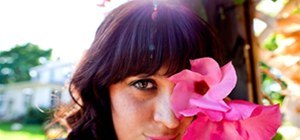


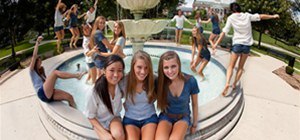
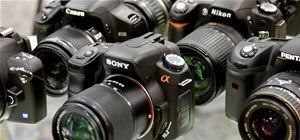
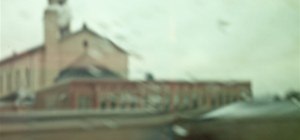
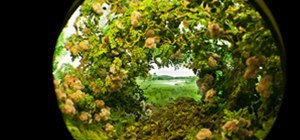


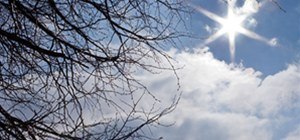



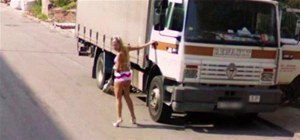
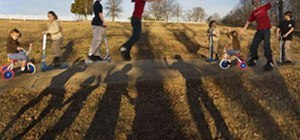
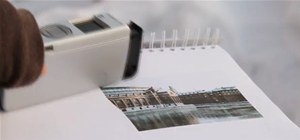
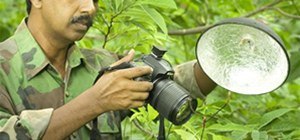

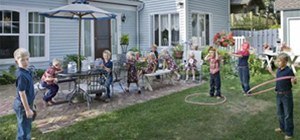

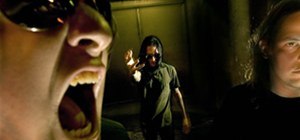
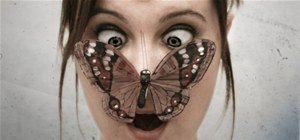
Be the First to Comment
Share Your Thoughts